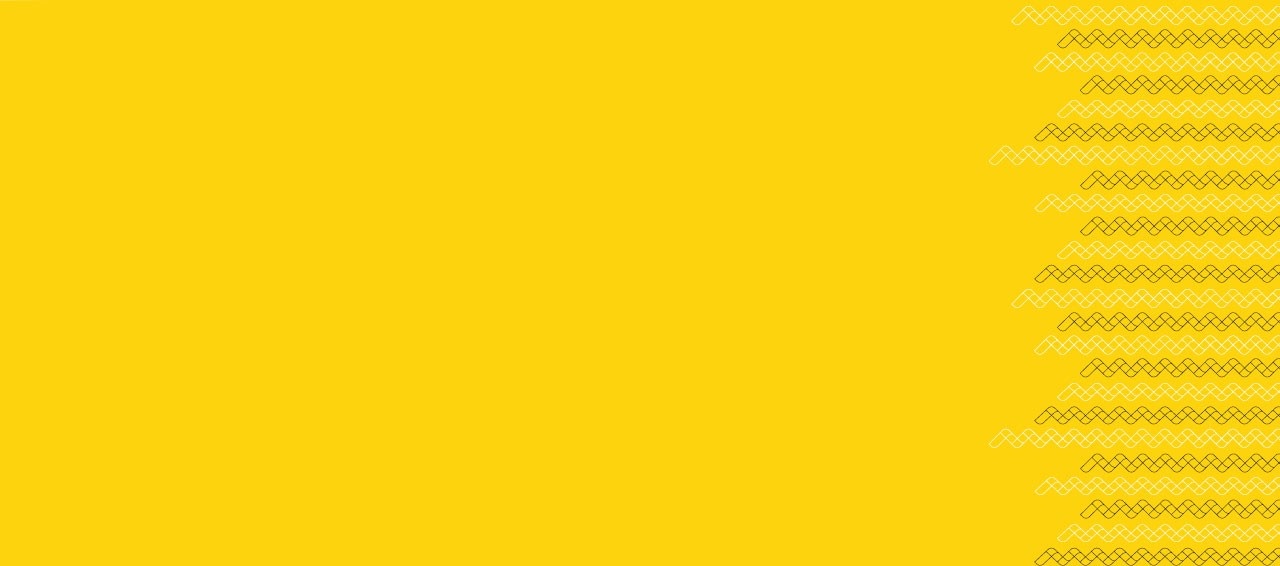Resources
The following table lists select resources related to curriculum. Please connect with the Educational Developer (Curriculum) or with the Centre at clt@dal.ca for further information and assistance, especially if conducting renewal, review, or development work at the program level.
| Learning Outcomes | Student Learning Outcomes - An overview Writing Learning Outcomes – Things to Consider Program-Level Outcomes Worksheet |
| Curriculum Mapping | |
| Survey Templates | |
| Recommended Reading | Barnett, R. and Coate, K. (2005) Engaging the curriculum in higher education. Maidenhead, England: Open University Press. Batha, D., Smith. C., Steinb, S. and Swanna, R. (2004) “Beyond mapping and embedding graduate attributes: bringing together quality assurance and action learning to create a validated and living curriculum.” Higher education research & development. 23(3), pp. 313-328. Briggs, C. L. (2007) “Curriculum collaboration: A key to continuous program renewal.” The journal of higher education, 78(6), pp. 676-711. Diamond, R. M. (2008) Designing and assessing courses and curricula: A practical guide. San Francisco, CA: Jossey-Bass. Saunders, M., Bamber, V. and Trowler, P. (2009) “Making practical sense of enhancing learning, teaching, assessment and curriculum.” In V. Bamber, P. Trowler, M. Saunders & P. Knight (Eds.) Enhancing learning, teaching, assessment and curriculum in higher education. Maidenhead, England: Open University Press. Wolf P. and Christensen Hughes, J. (Eds.) (2007) Curriculum development in higher education: Faculty-driven processes and practices. New directions for teaching and learning, 112. Wuetherick, B. (2013) “Curriculum development and renewal: A faculty-driven and evidence informed approach.” Focus on university teaching and learning. Dalhousie University Centre for Learning and Teaching, 21(3), pp.1-3. |
